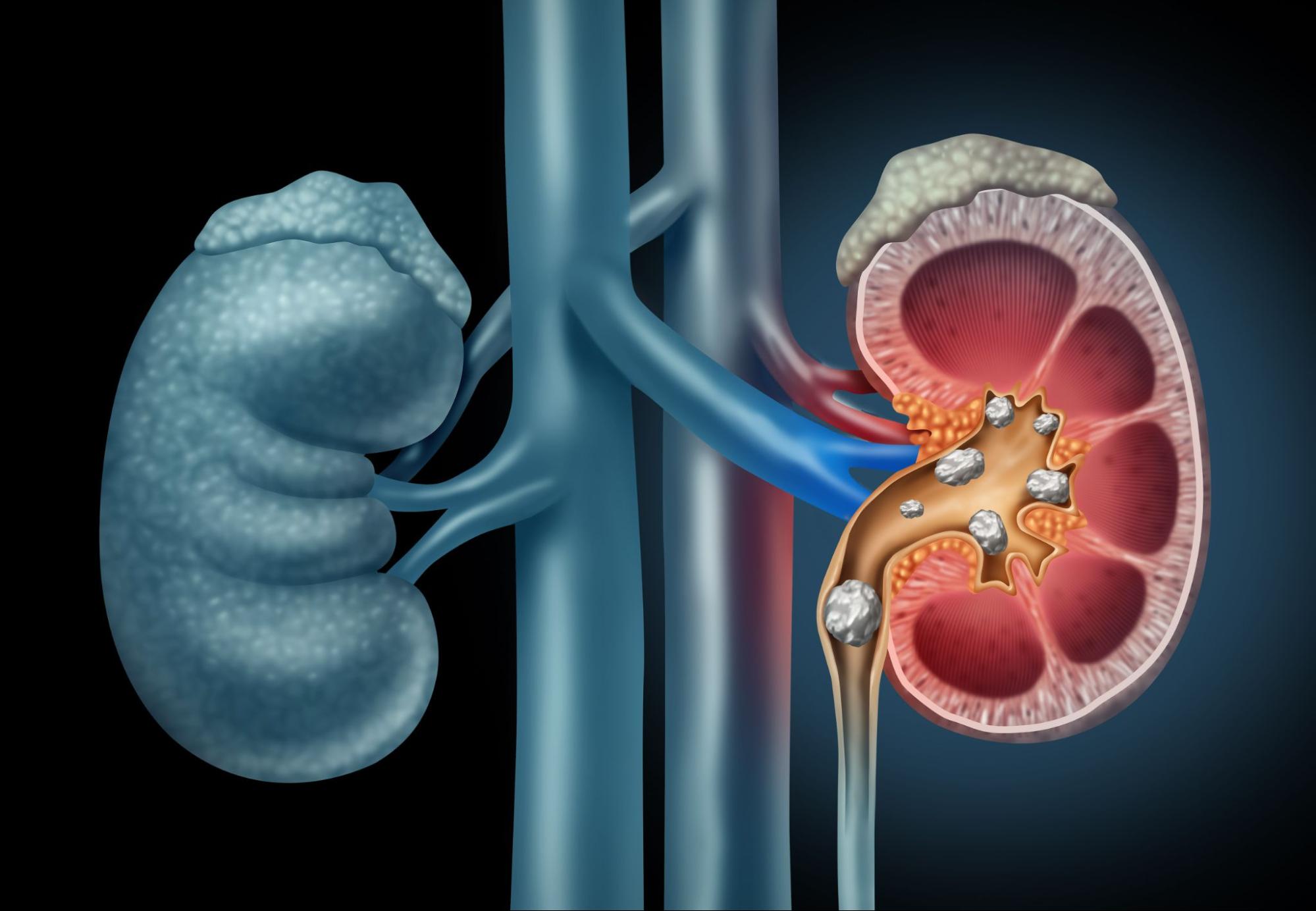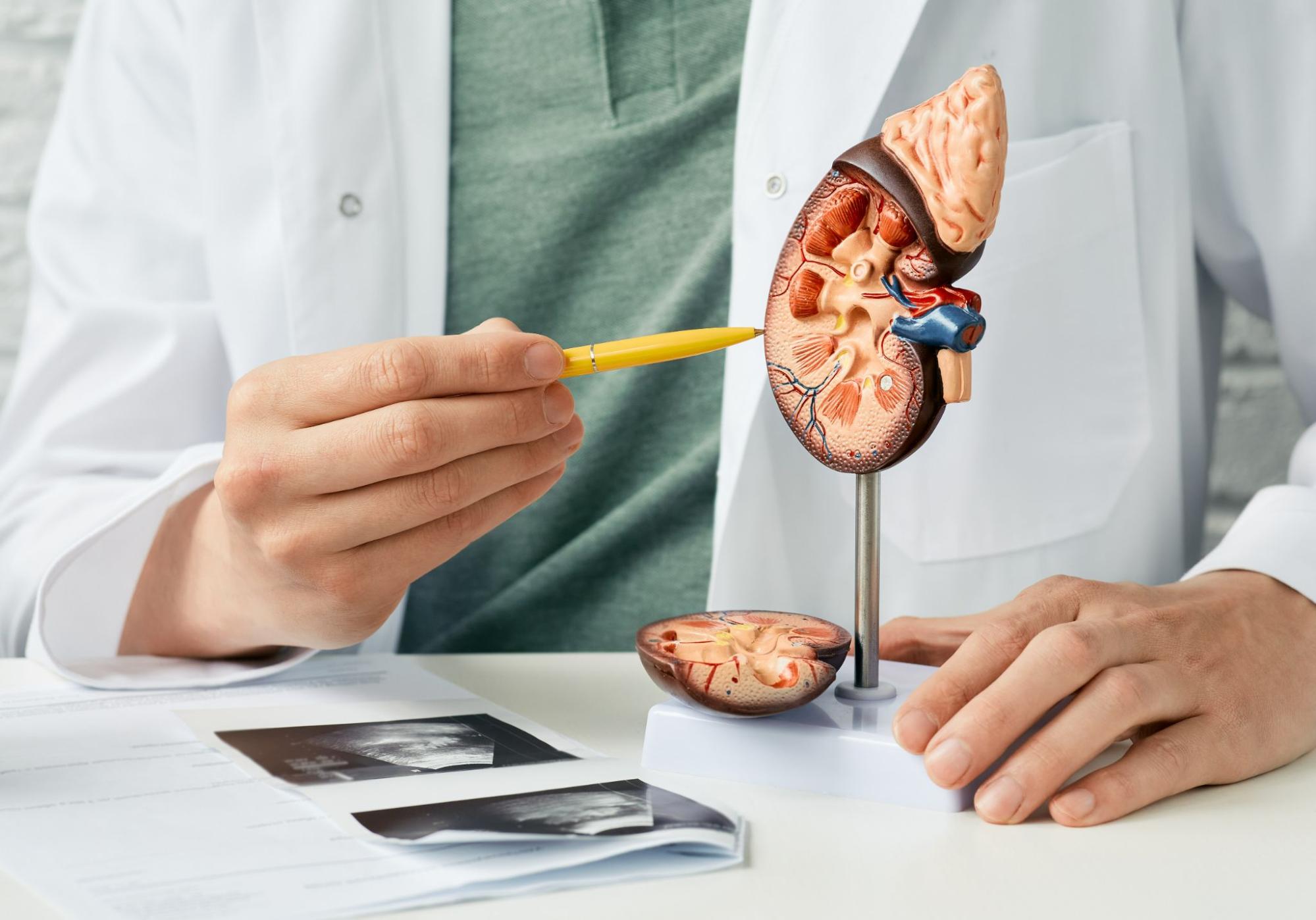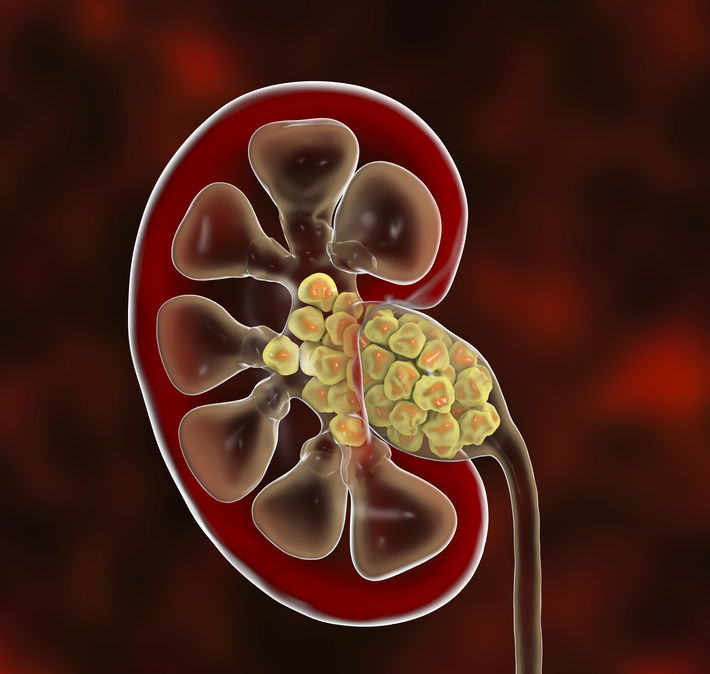Ureteroscopy (URS) in Panipat: Procedure for Kidney Stone Treatment
Ureteroscopy (URS) is a minimally invasive procedure to examine a patient's ureter and kidney with a lighted scope. It can help diagnose and treat kidney stones and other problems. Find out all about ureteroscopyin Panipat. Ureteroscopy (URS) is a minimally invasive procedure to examine a patient's ureter and kidney with a lighted scope. It can help diagnose and treat kidney stones and other problems. Find out all about ureteroscopyin Panipat.
Happy patients
 50+
50+
Expert surgeons
Personal Assistance










